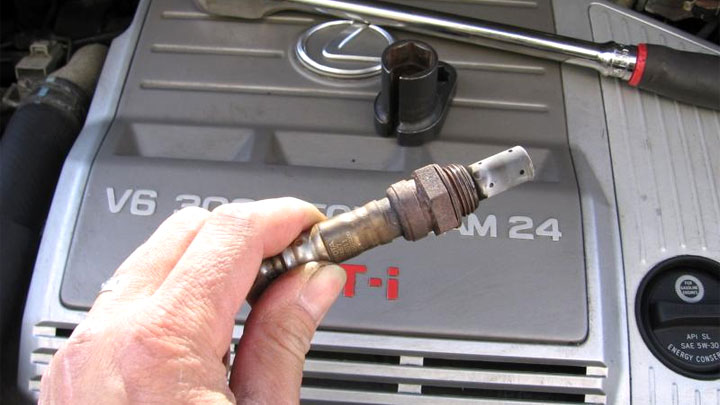Last Updated on June 6, 2022
If you’re like most people, you probably know very little about your car’s air fuel ratio sensor. But what if I told you that this little piece of equipment is responsible for ensuring that your engine runs smoothly and efficiently?
Let’s go over what an air-fuel ratio sensor is, where it’s located, what it does, how it feels (no), how it breaks, and how much it will cost to replace it. It’s going to be fun!
What is an Air-Fuel Ratio Sensor?
An air-fuel ratio sensor (or air-fuel sensor) is a simple device that’s found in your vehicle’s engine. It constantly measures the amount of oxygen in your exhaust gas and sends that information back to your ECU (your car’s central computer).
This lets your engine know whether to run richer, run leaner, optimize for fuel economy, or if you like some SPEED—and your car has this feature—your ECU can even optimize for performance.
Essentially, you’ll need a properly functioning air-fuel sensor to maintain a healthy engine. This is because the engineers who created the engine in the first place designed it to run at optimal air/fuel levels.
If the ratio changes too much in either direction, the sensor will tell the ECU to put a check engine light on your dashboard. This will “dumb down” your engine so you can limp it to your nearest auto mechanic to get the issue fixed. Might seem extreme, but this way you’ll still have a car at the end of it.
See Also: Common Air-Fuel Ratio Chart
Where is it Located?

The air-fuel ratio sensor is located in either the exhaust manifold or the front exhaust pipe. It measures the amount of air in your exhaust and uses that information to determine your current air-fuel ratio.
Bad Air-Fuel Ratio Sensor Symptoms
#1 – Rough Idling
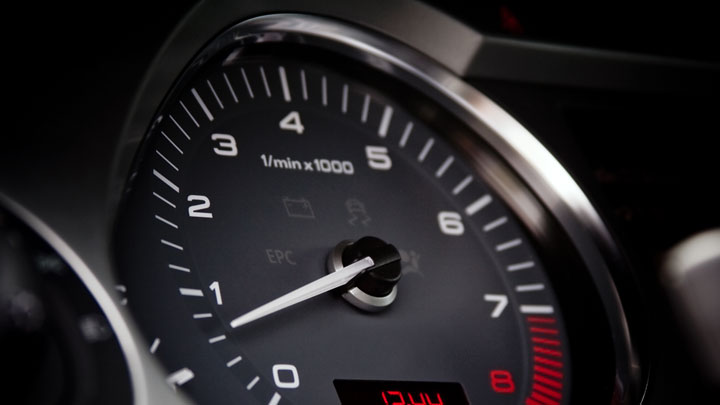
If for some reason you notice your engine going up in RPM, then down, then sputter a bit, then return to normal—you may have a rough idle. You may also feel it through the floorboard as you sit in the car with the engine on and the vehicle in “park”.
It may just feel like an intermittent “tapping” or rumbling that doesn’t have any rhyme or reason to it. This may be a potential symptom of a bad air/fuel sensor.
#2 – Engine Pinging

If your car makes a metallic, almost rattling sound when you accelerate from a stop and it hasn’t always done that, you could have a failing air-fuel sensor. Sometimes called a “spark knock”, engine pinging is a result of an improper combustion cycle.
If you don’t have enough air or too much air in your air-fuel mixture, you could end up with an incomplete burn. This will send noxious gases into the atmosphere which none of us want to breathe in.
#3 – Poor Gas Mileage
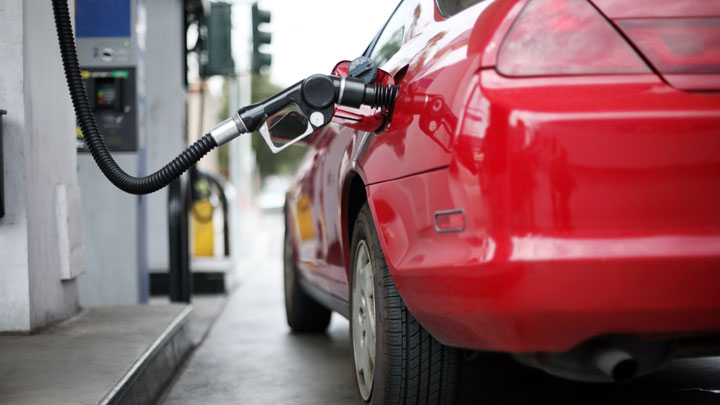
If you’re like me, you pay attention to how far a tank of gas can take you. The more thirsty the car, the more I pay attention to how much money I’m spending.
For example, I know my Toyota Sequoia driven at 5,200 feet above sea level (like I drive), will deliver approximately 16-17 MPG on average. If I suddenly were to see it get 12 MPG and my habits haven’t changed much, I might check the air-fuel ratio sensor for a problem.
You can get a scanner that hooks into your OBD 1 or 2 port that will tell you what kind of codes your engine is throwing, which could be much cheaper than taking the car to your mechanic. That, or you could drive over to the dealership and they’ll tell you exactly what’s wrong then fix the issue while you wait.
#4 – Increased Exhaust Emissions
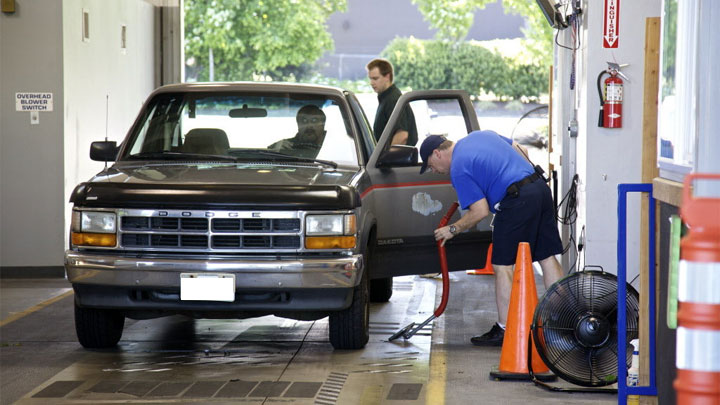
If you notice your car smokes quite a bit on startup, there’s a change in smell from your exhaust, or there just seems to be a bit more smoke than usual coming out of there, take your car to the mechanic. They’ll be able to determine if your air-fuel sensor has gone bad and you’re getting an incomplete burn.
Alternately, if you need to get your car registered or a new emissions test, you’ll need to go to whatever your state agency is to get that measured. If you fail the test, but you just passed it last year, then you could have a bad air-fuel sensor.
#5 – Drop in Engine Power
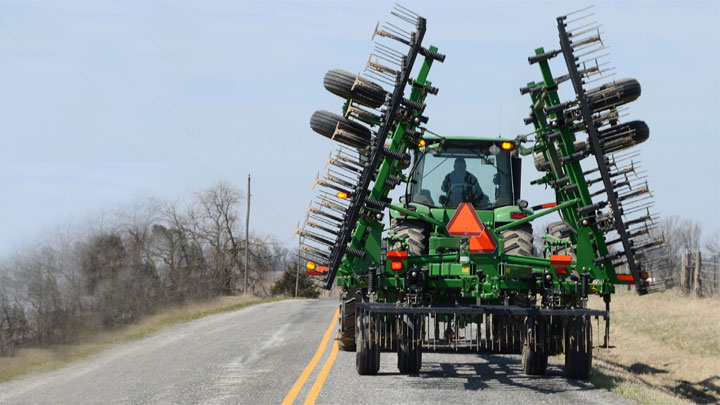
You’re cruising around and you go to pass a semi truck, but suddenly you find it’s taking longer than it usually does. You check the back seat, and there isn’t any extra bit of gear in there, and you don’t have a sty of pigs oinking in the trunk—all should be good, right? Wrong.
You seem to have a sudden drop in engine power, which is one potential symptom of a bad air-fuel sensor. Take the car over to your favorite repair shop to get that checked out. It’s a pretty simple and cheap fix if you take care of it quickly. This way, you can avoid further problems down the road.
What Causes the Sensor to Fail?
As is the case with most other sensors on your vehicle, fuel, grime, dirt, debris, and physical damage can all negatively impact your air-fuel sensor’s ability to transmit information correctly to your ECU.
This is unfortunately not something that is easy to prevent as the sensor lives in your exhaust system, so you’re not going to be grabbing it out of there and cleaning it all the time (I don’t know of anybody that would). So, when it goes bad, just replace it and move on. At least that’s what I recommend.
Can You Drive With a Faulty Air-Fuel Sensor?
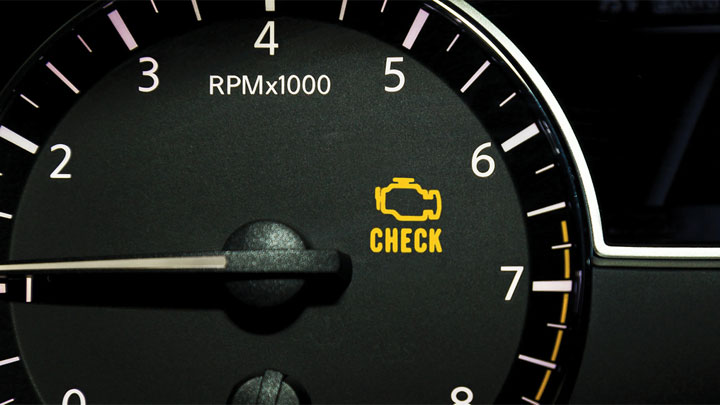
Yes, you can drive with a faulty air-fuel sensor, but we wouldn’t recommend driving with any check engine light on for very long. It could just be your air-fuel sensor, but it could also be a catastrophic engine malfunction—and the average driver is not going to know the difference.
So, if you see the check engine light on, take it to a mechanic. If they say it’s a faulty sensor, just have them replace it if you can spare the cash. If not, try to limit your driving to only necessary trips.
Air-Fuel Sensor vs Oxygen Sensor
The two have very similar purposes. The only difference is that a proper air-fuel ratio sensor reads a much wider range of inputs than does the conventional O2 sensor. This is why it’s sometimes referred to as a “Wide Band O2 sensor” instead of an air-fuel ratio sensor.
If you are going to be tuning your car, you may want to research a Wide Band O2 sensor instead of the conventional method. More information means more power.
Air-Fuel Ratio Sensor Replacement Cost
Best places to order parts? See: 19 Best Online Auto Parts Stores
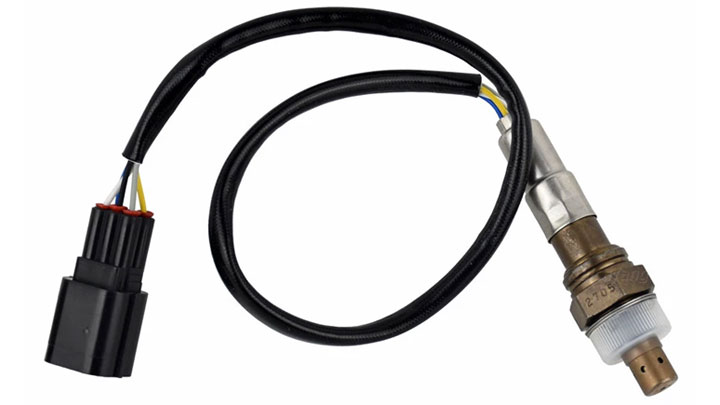
All of this depends on the rate of your mechanic and the type of car you have. Generally, more expensive car = more expensive parts = more expensive repair. Plan on shelling out anywhere from $50-$200 for this repair.
Want to save some money? Grab the part from an online auto parts store or run to the local NAPA and do the repair yourself. It’s fairly simple on most vehicles.

